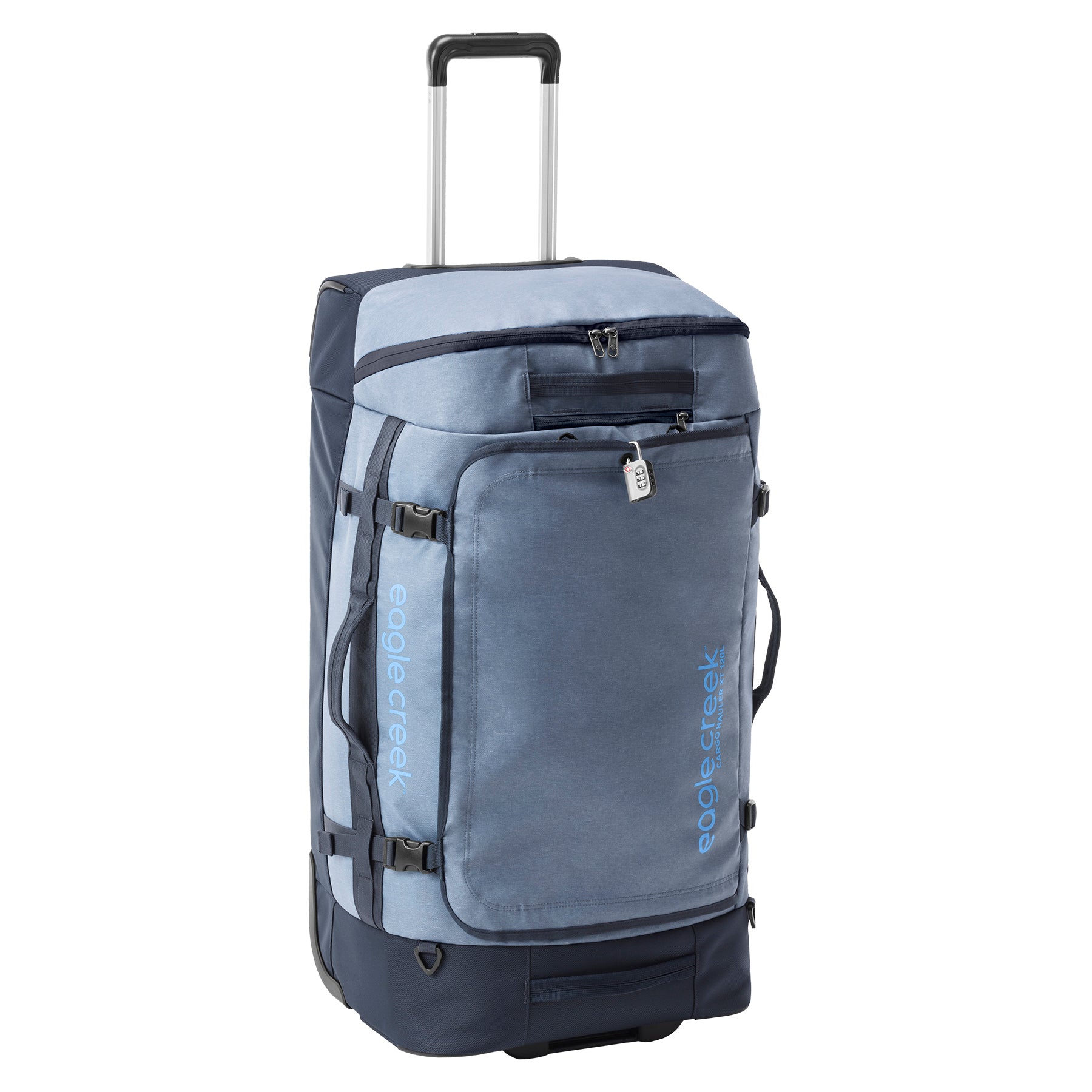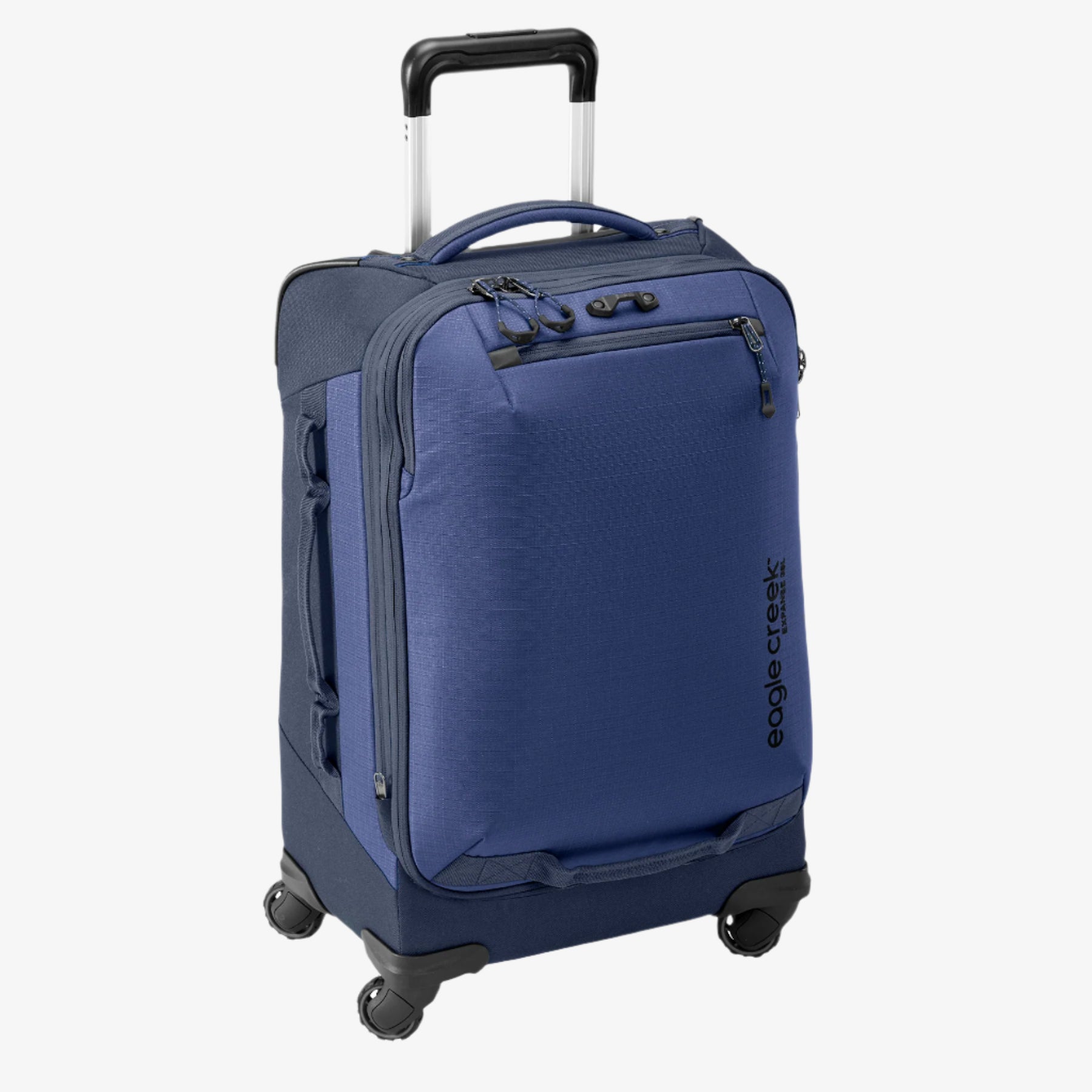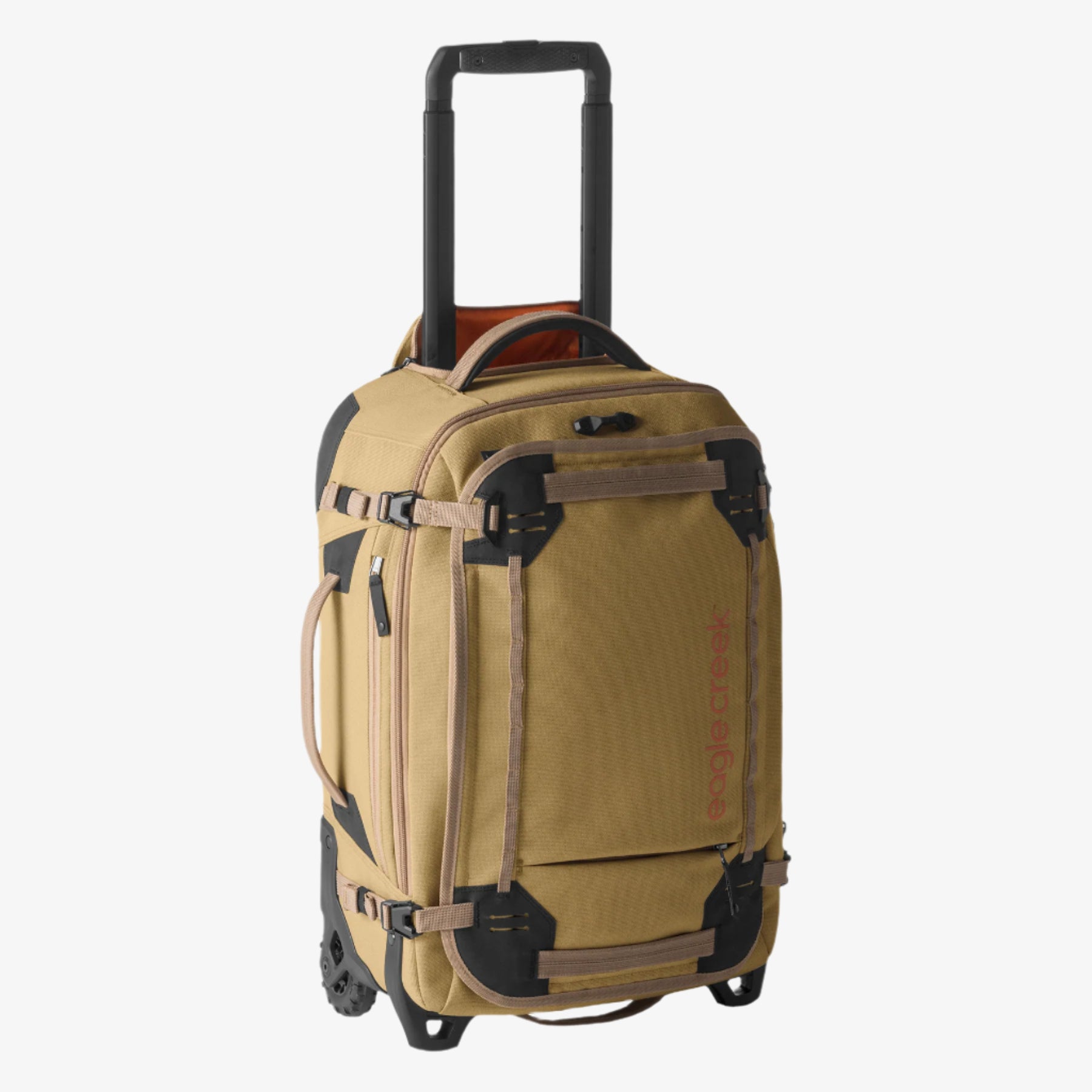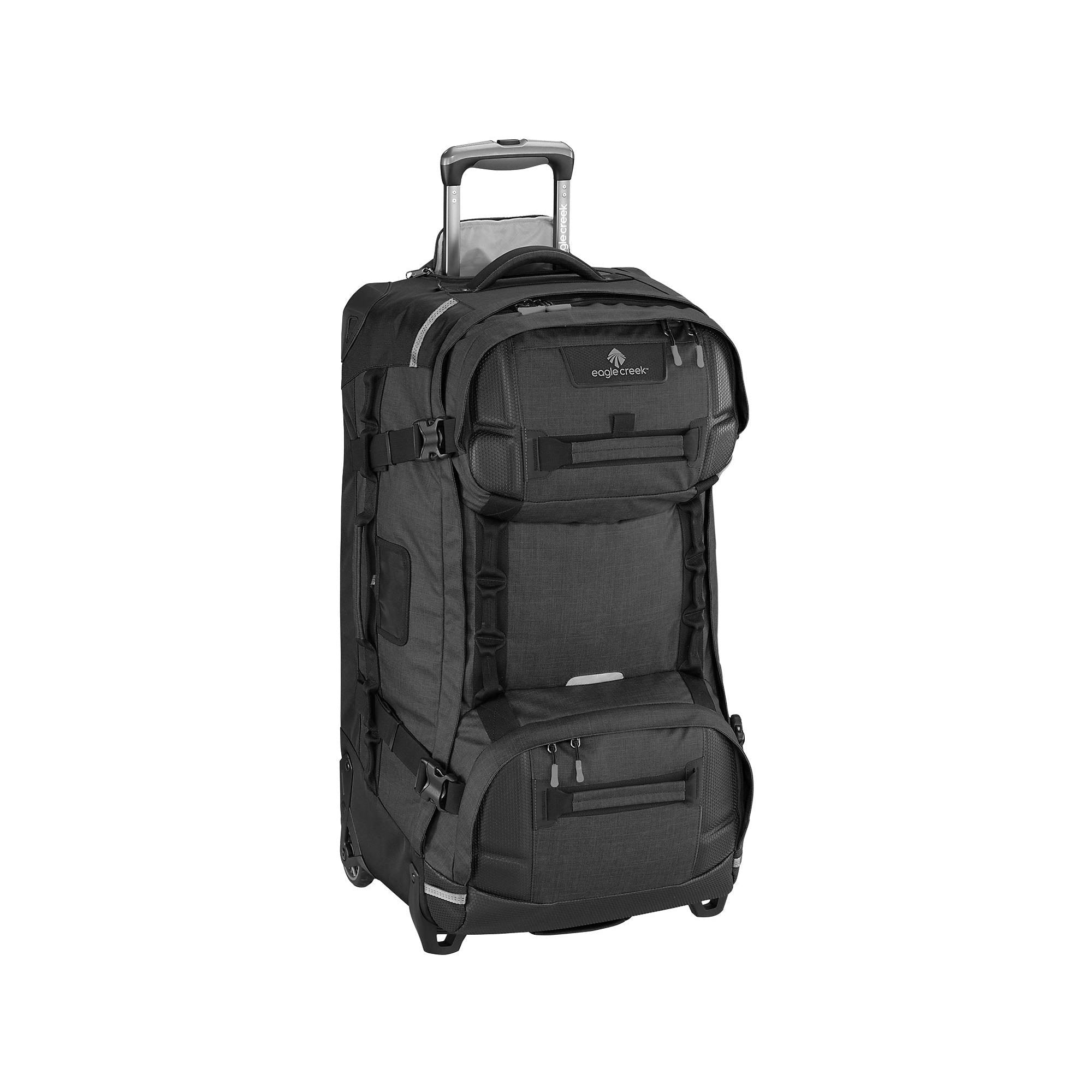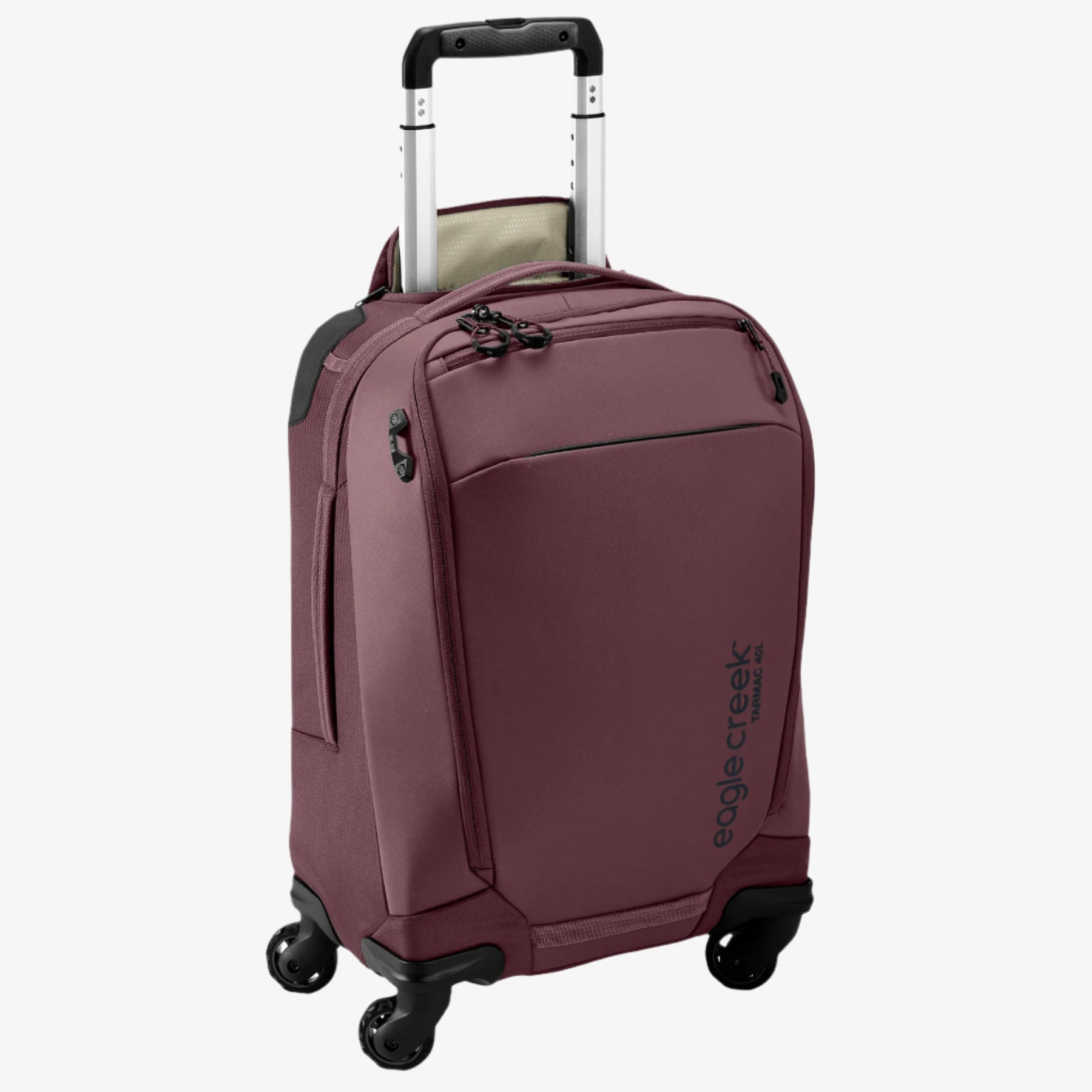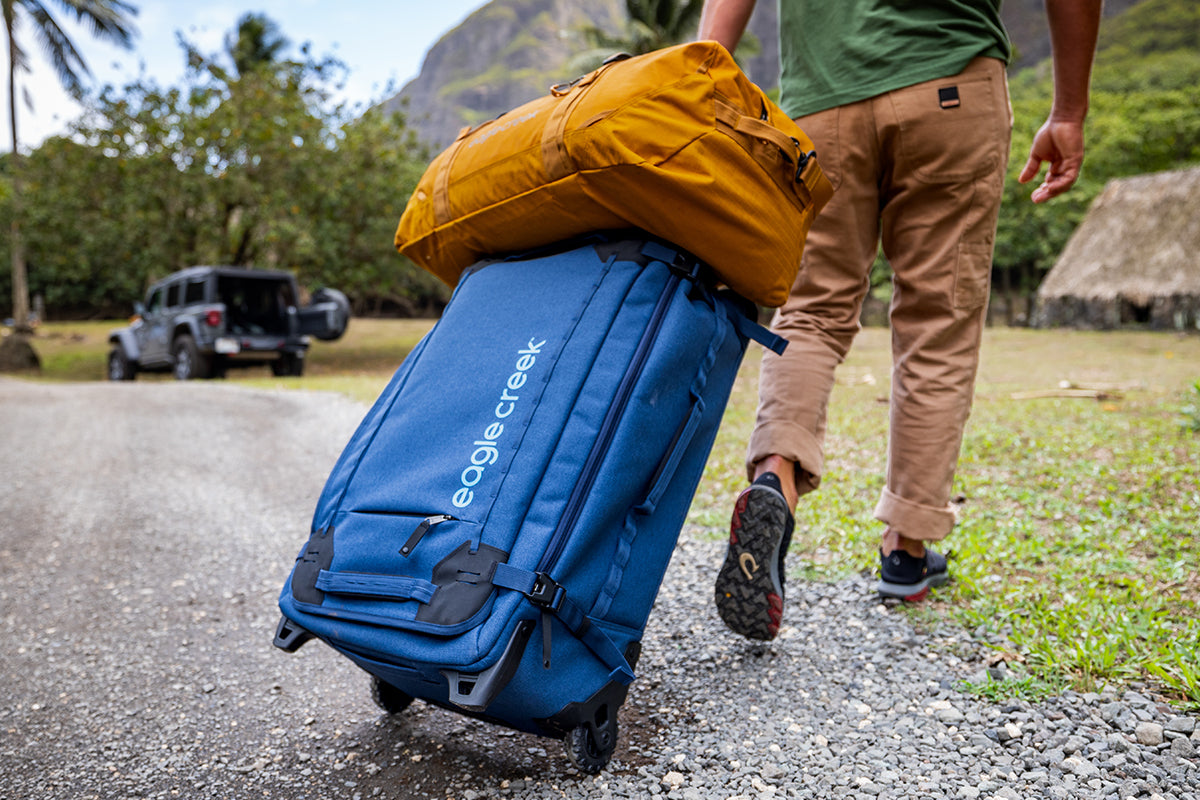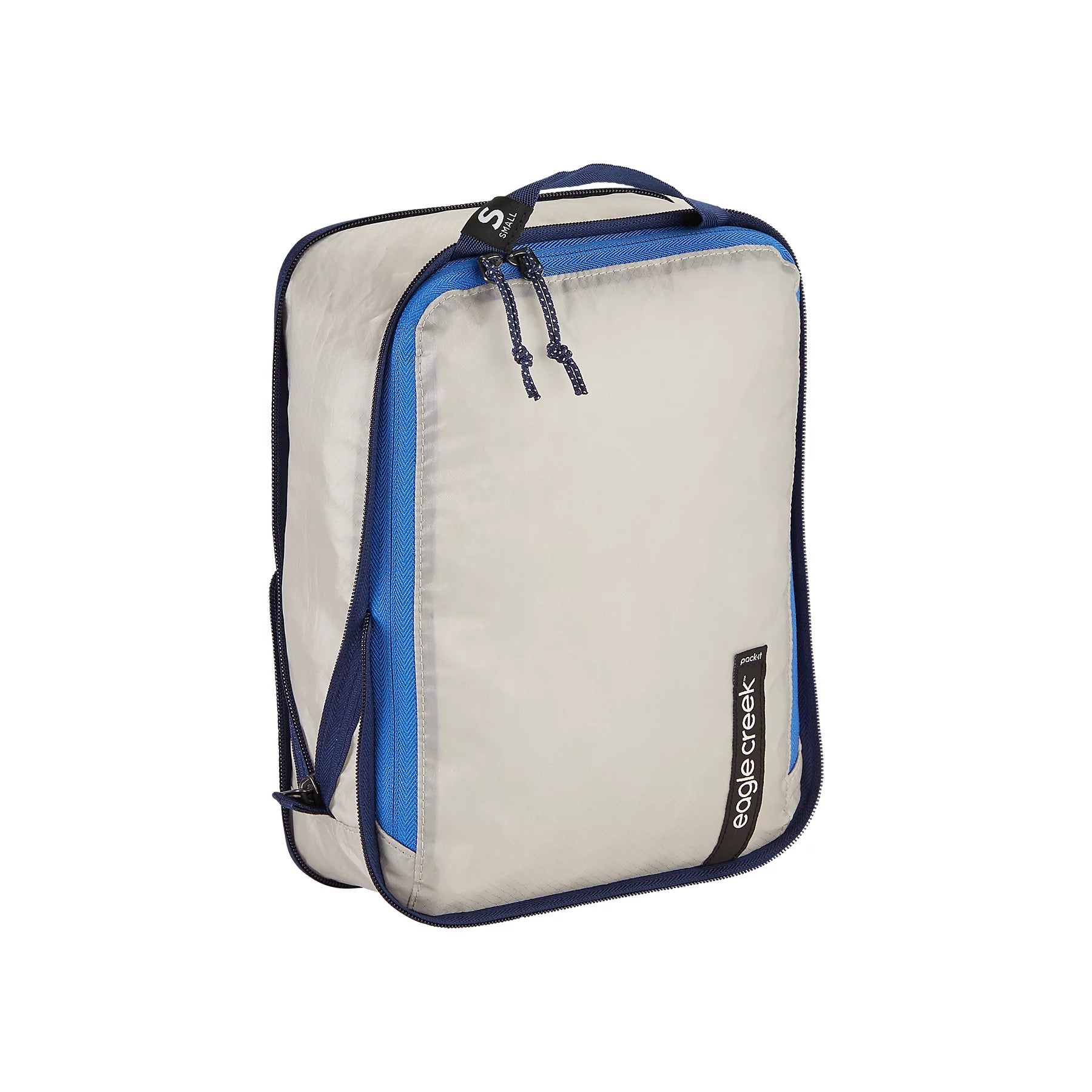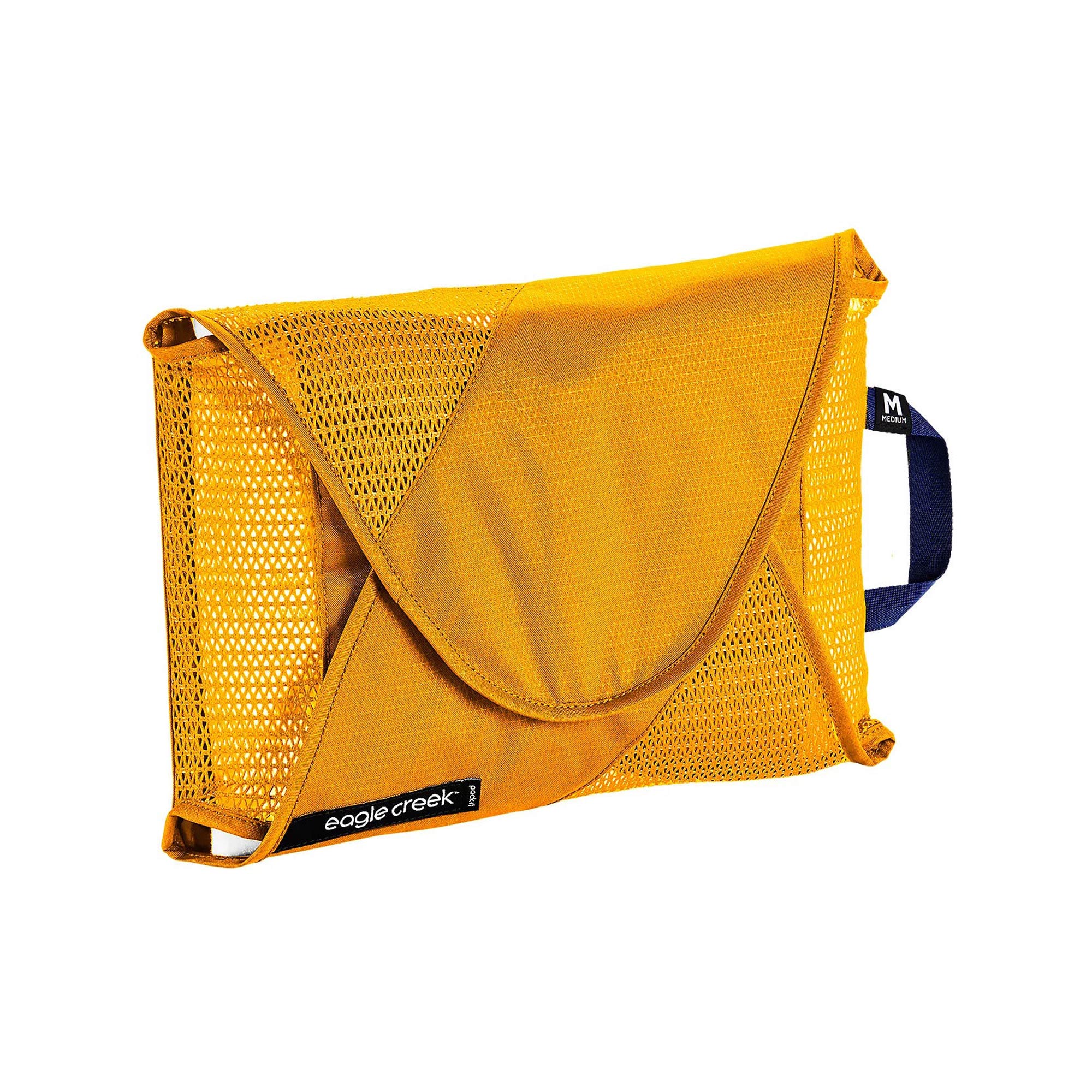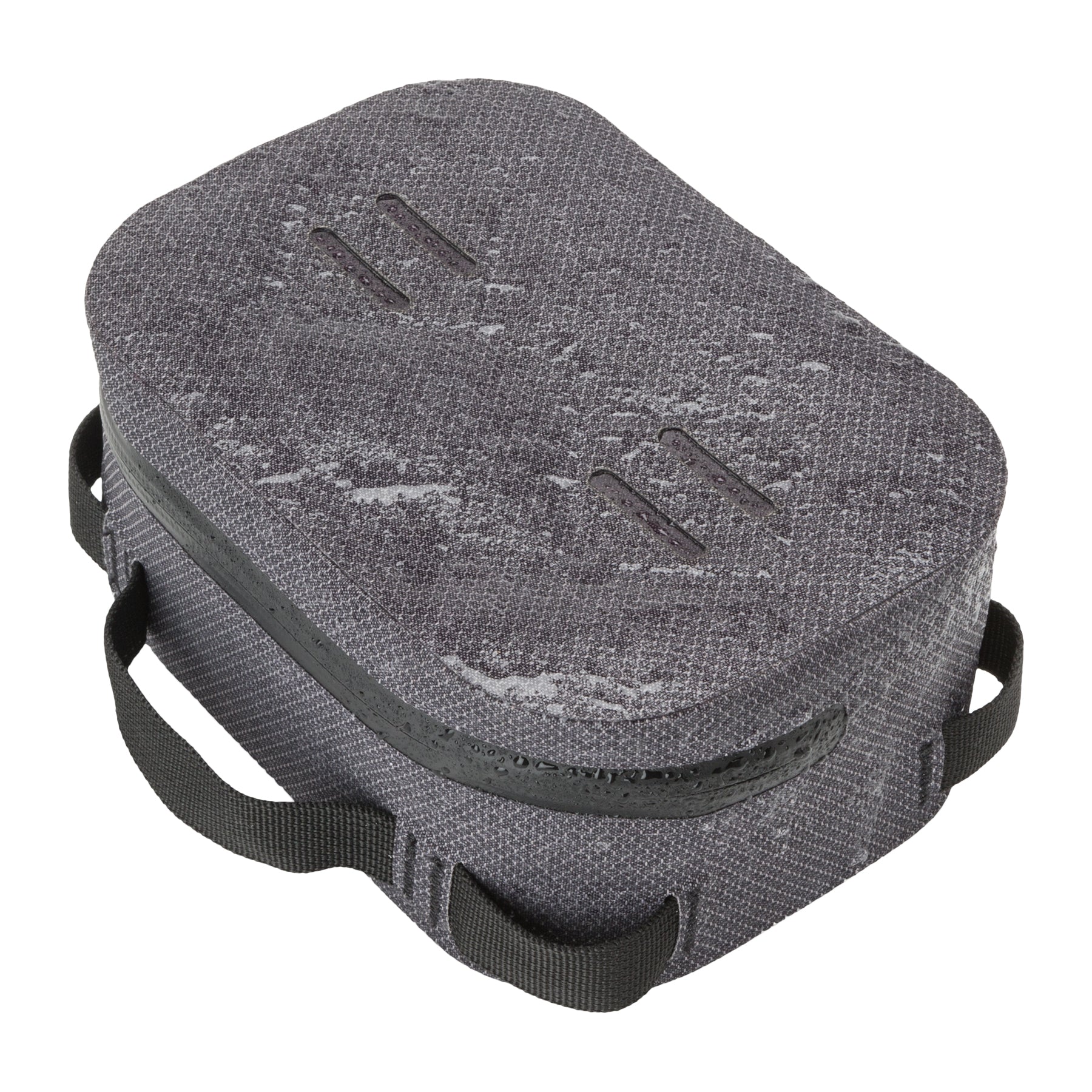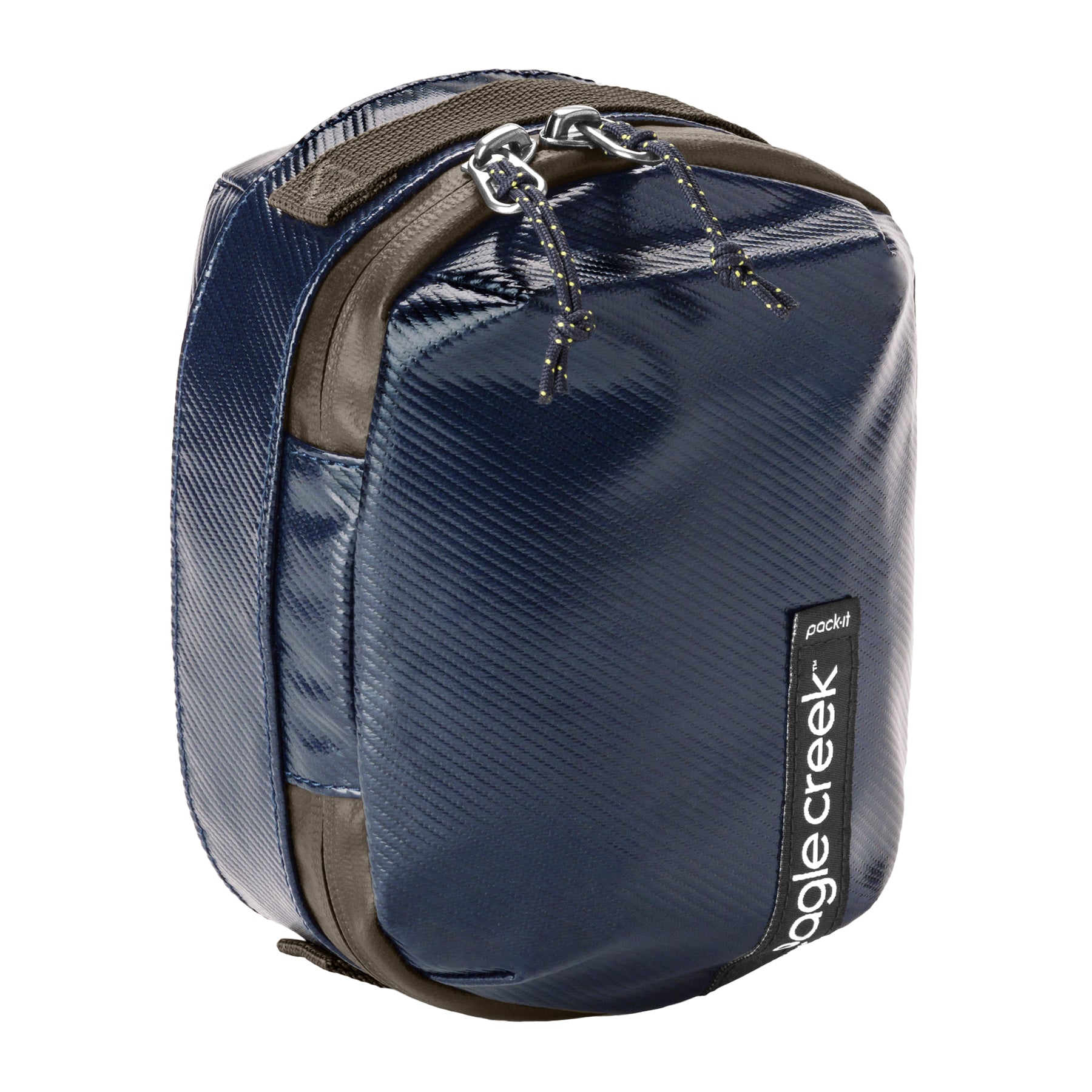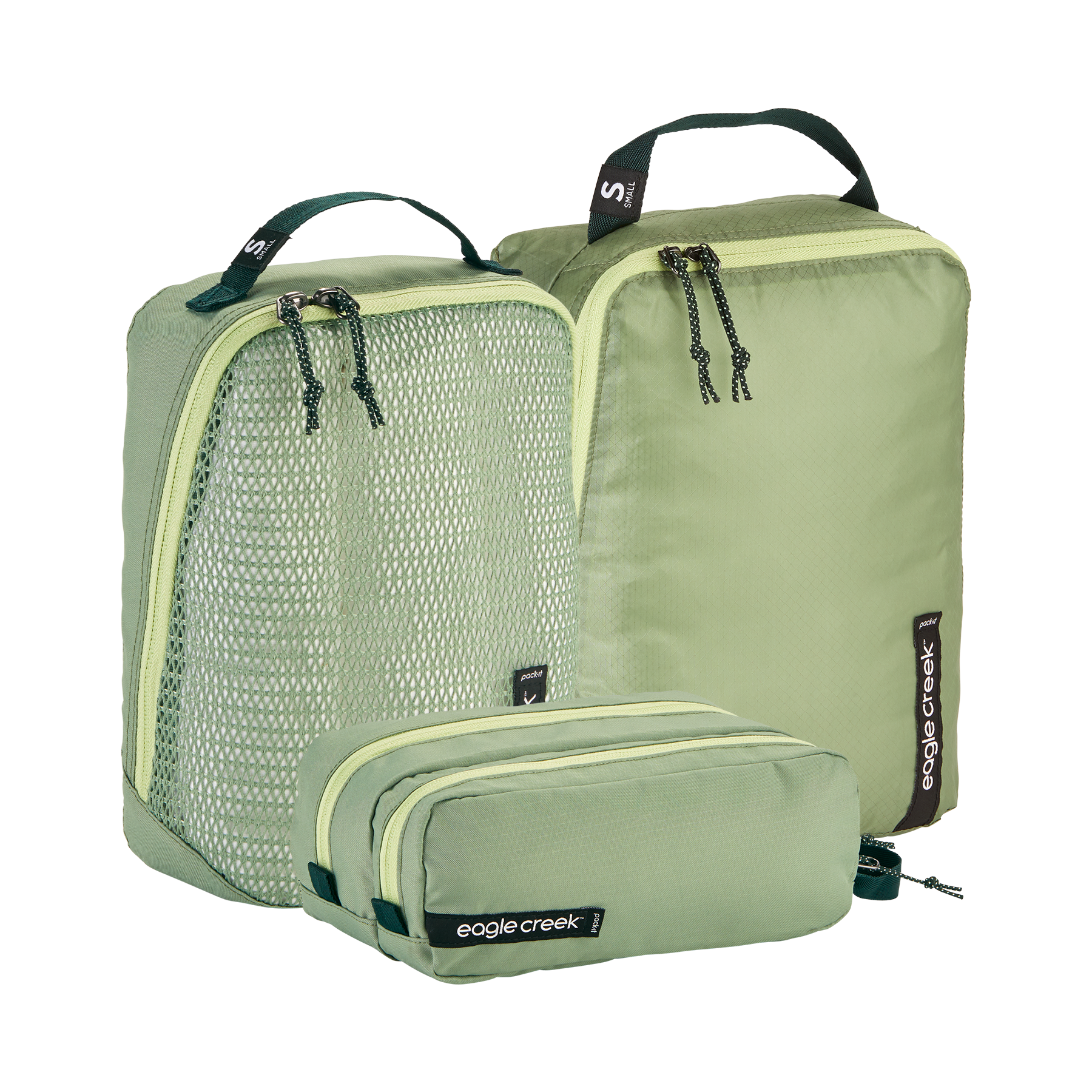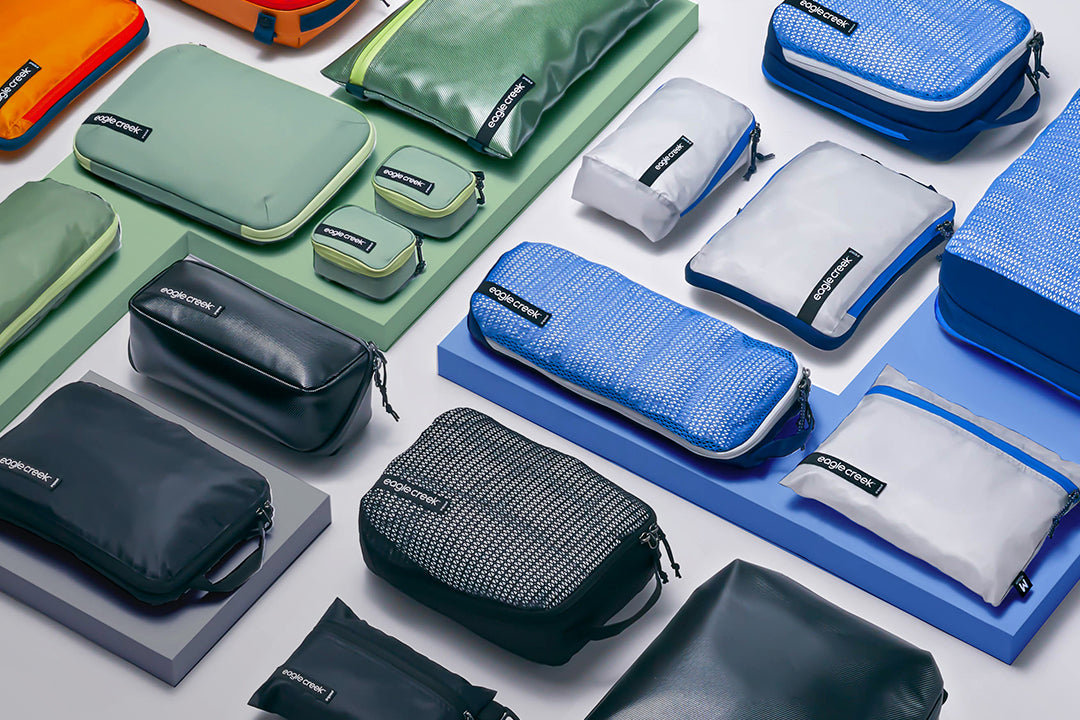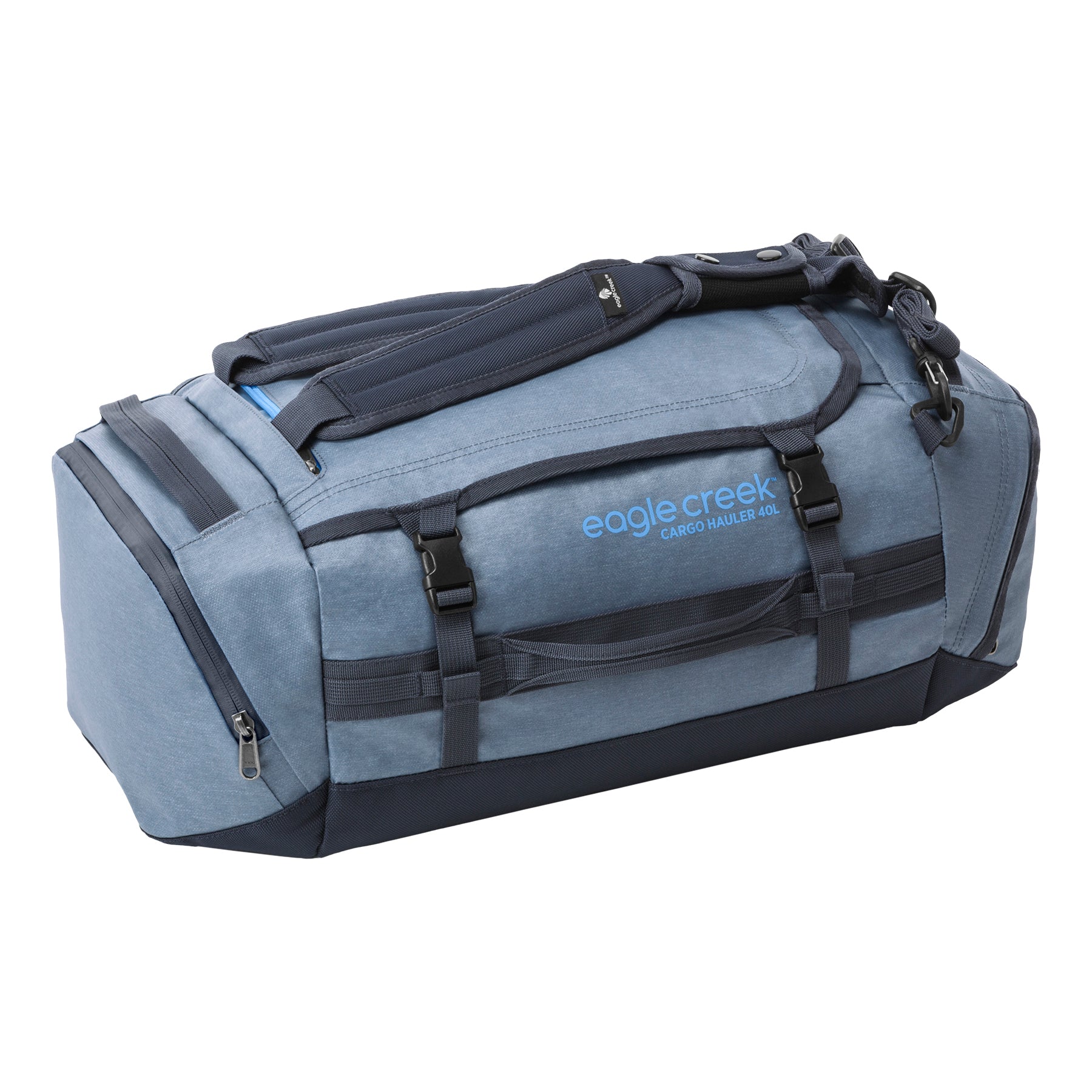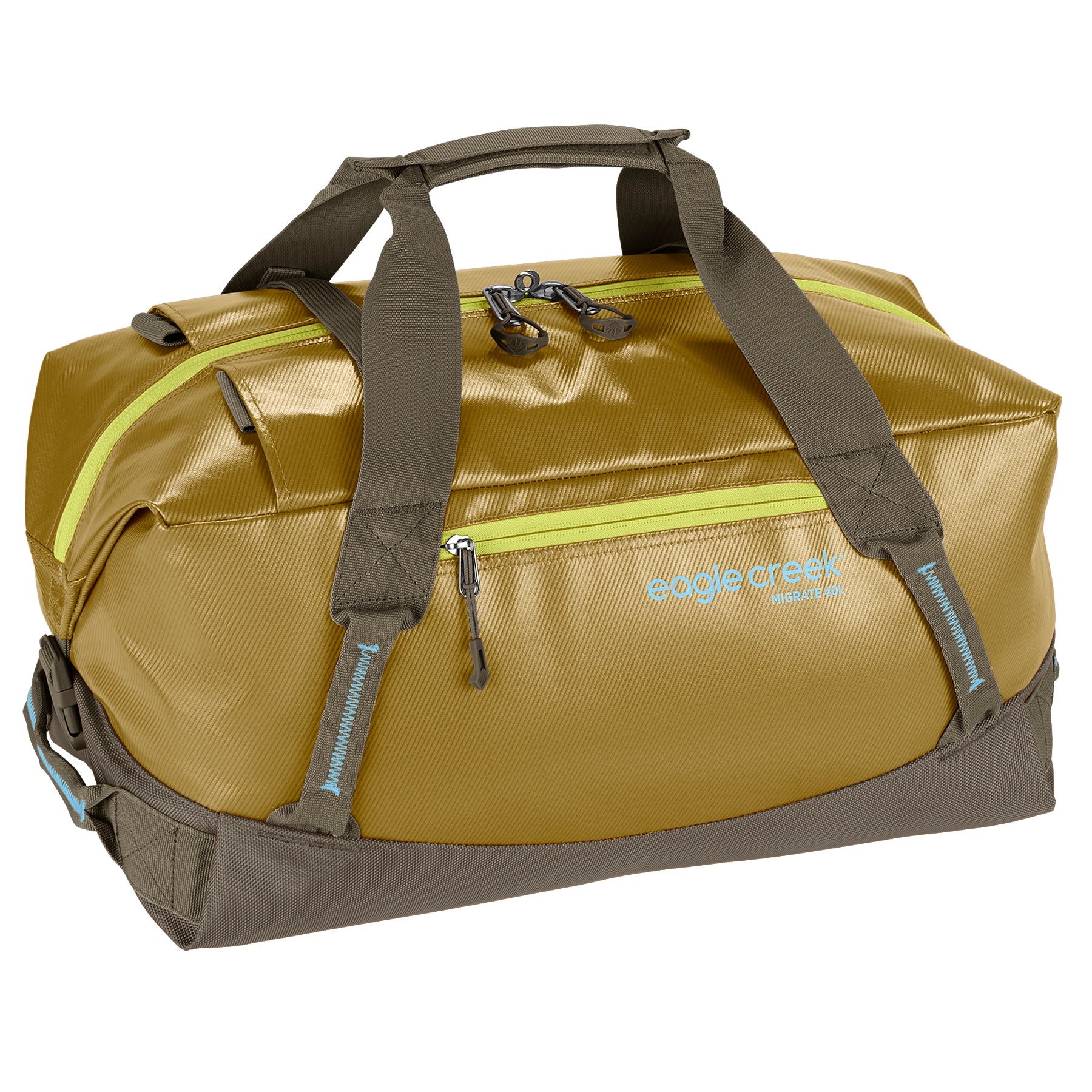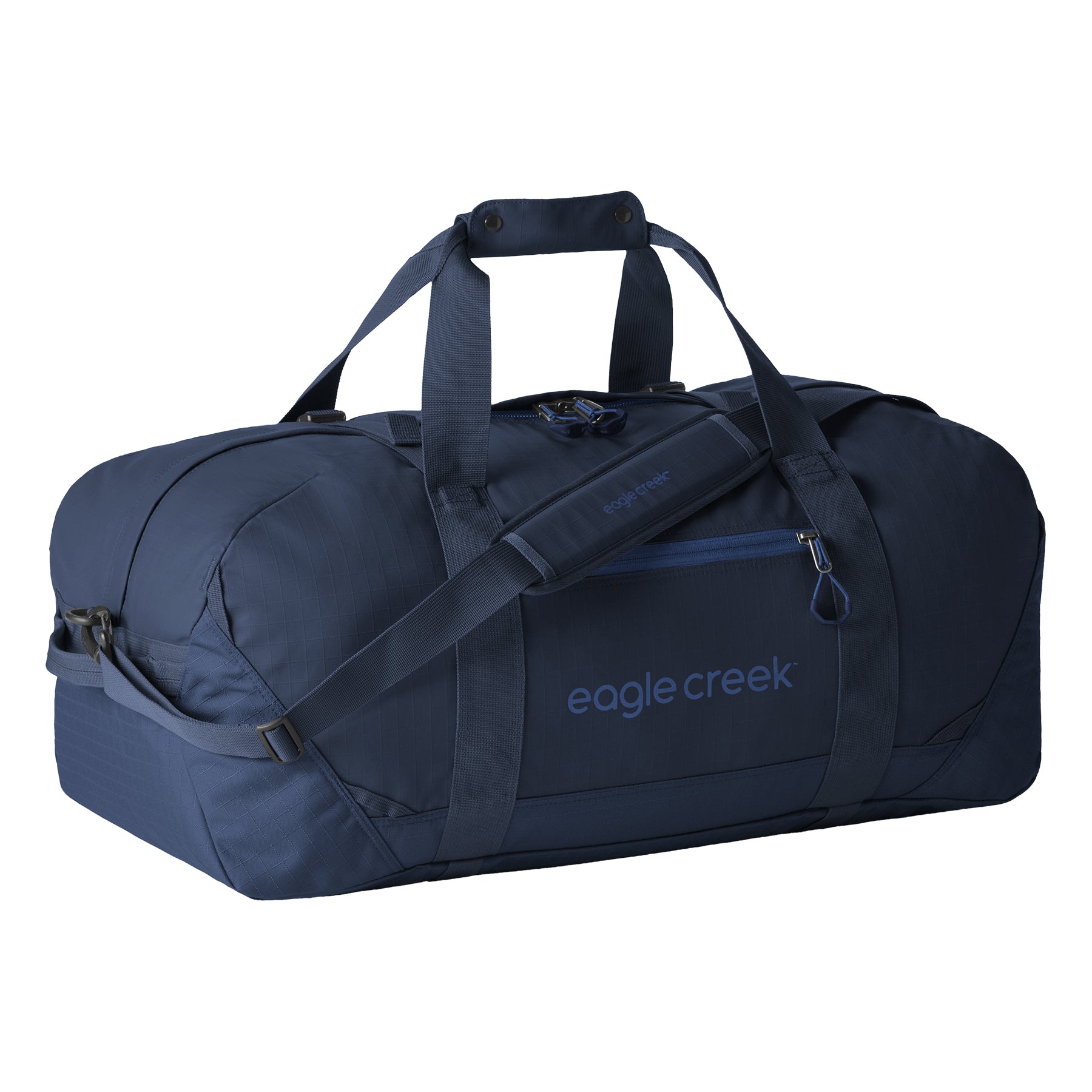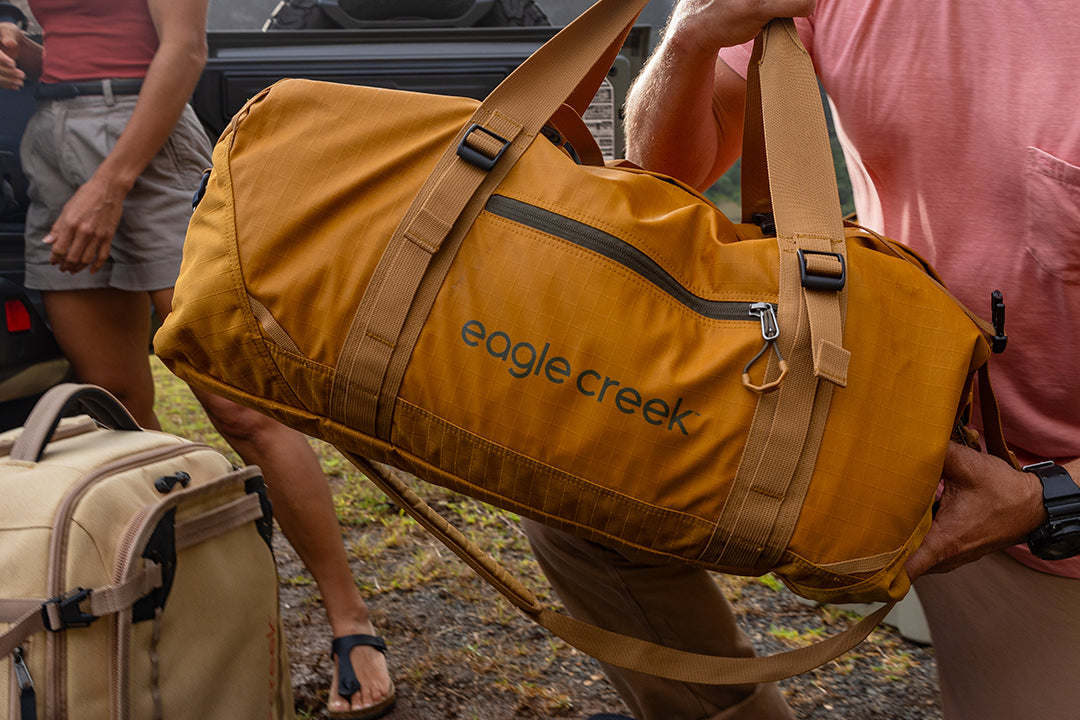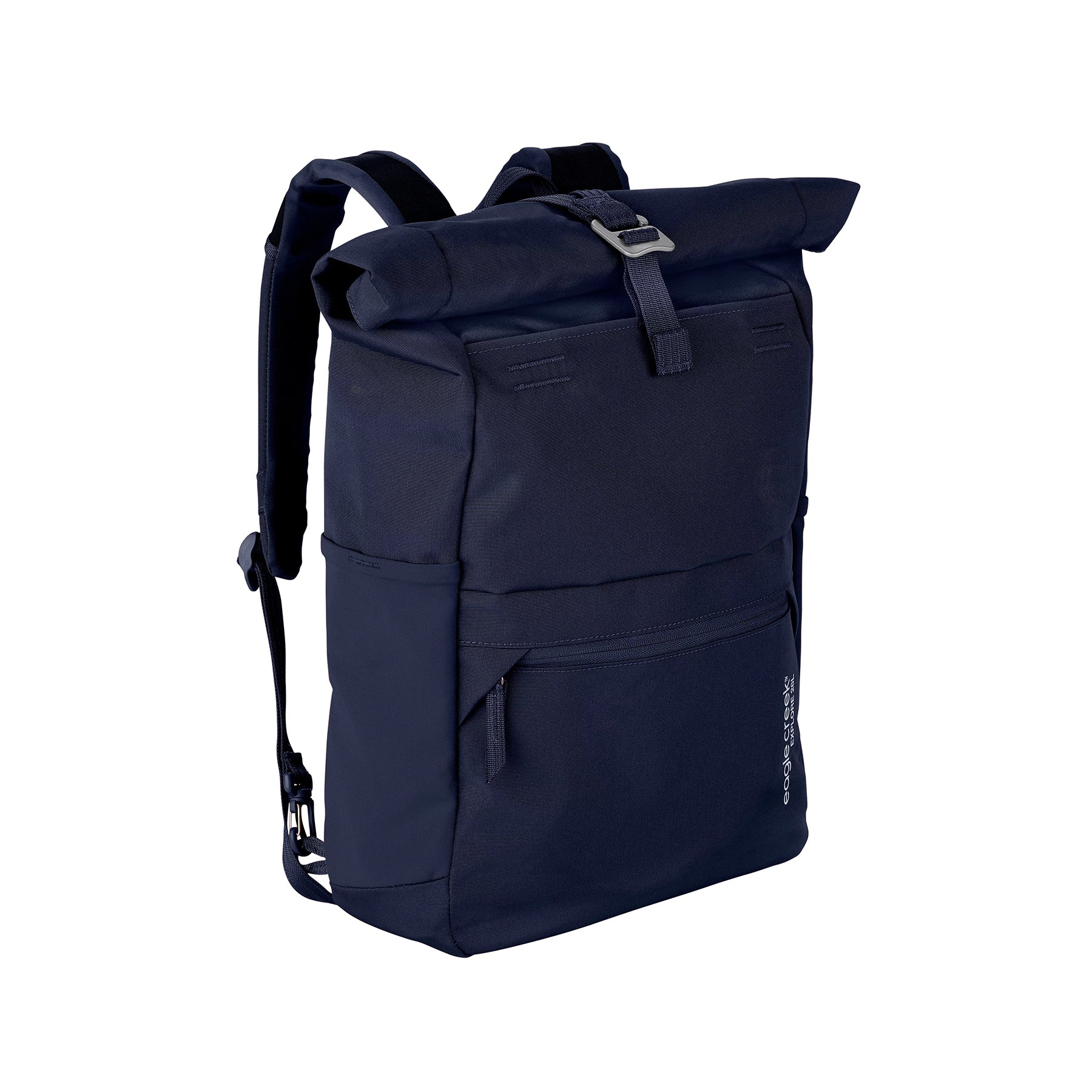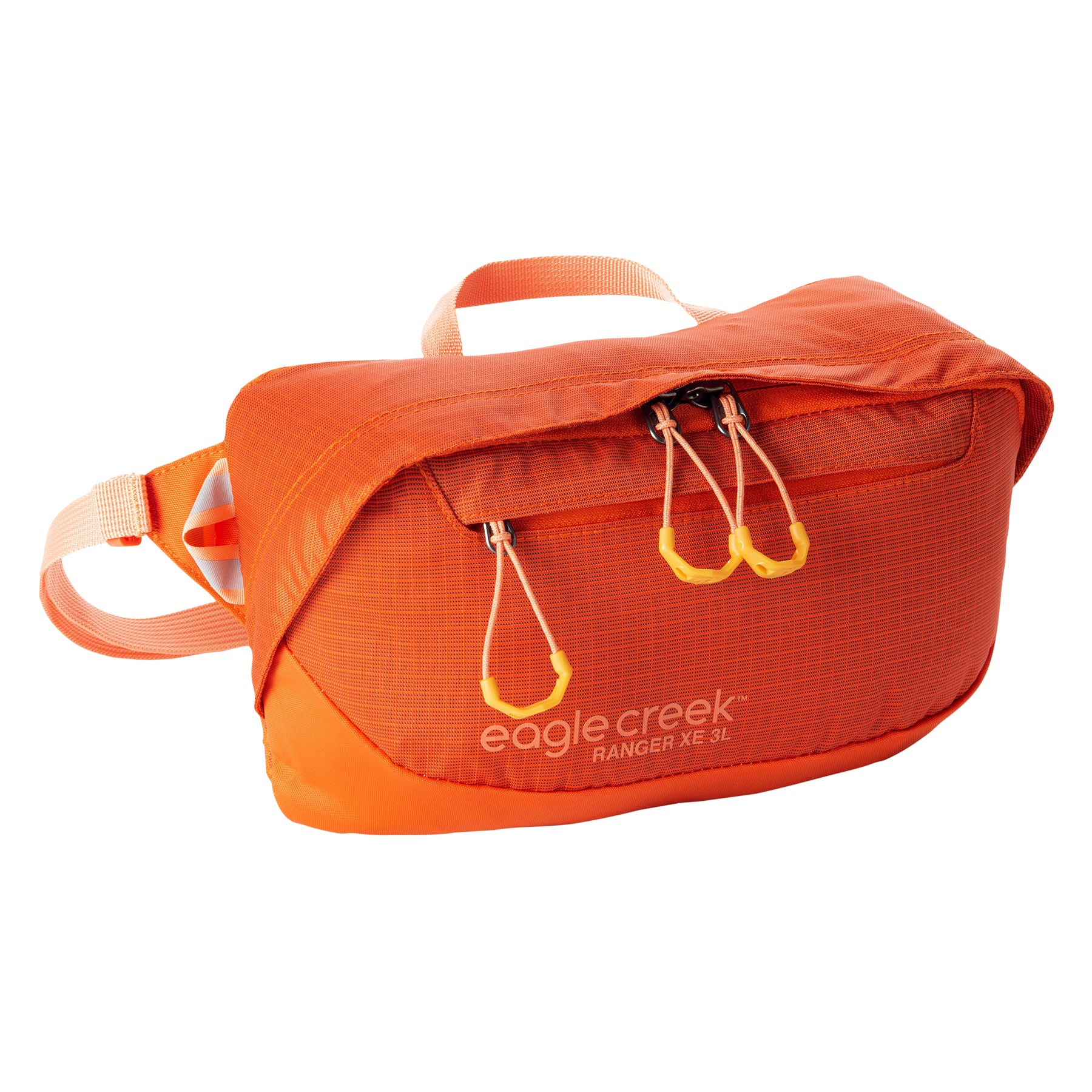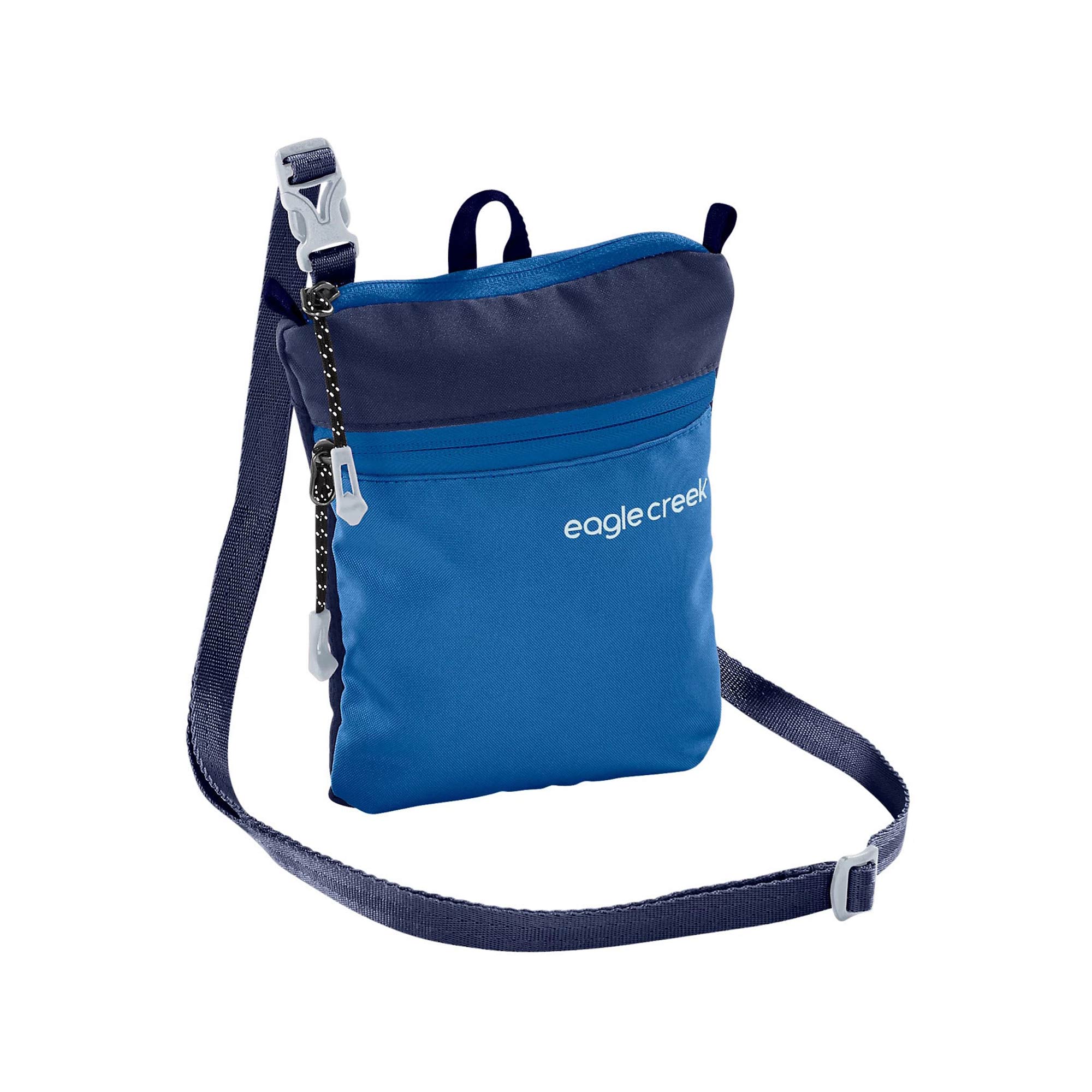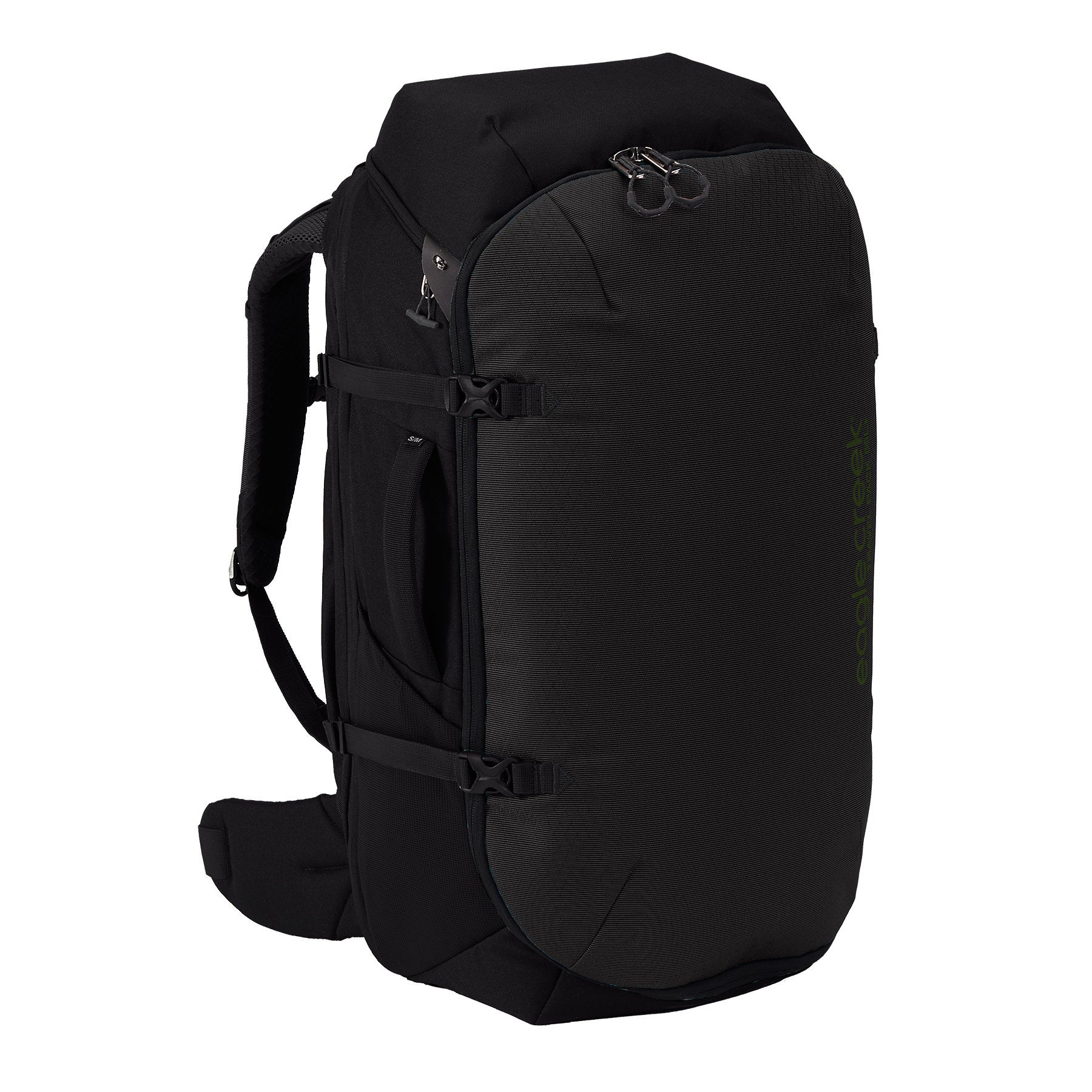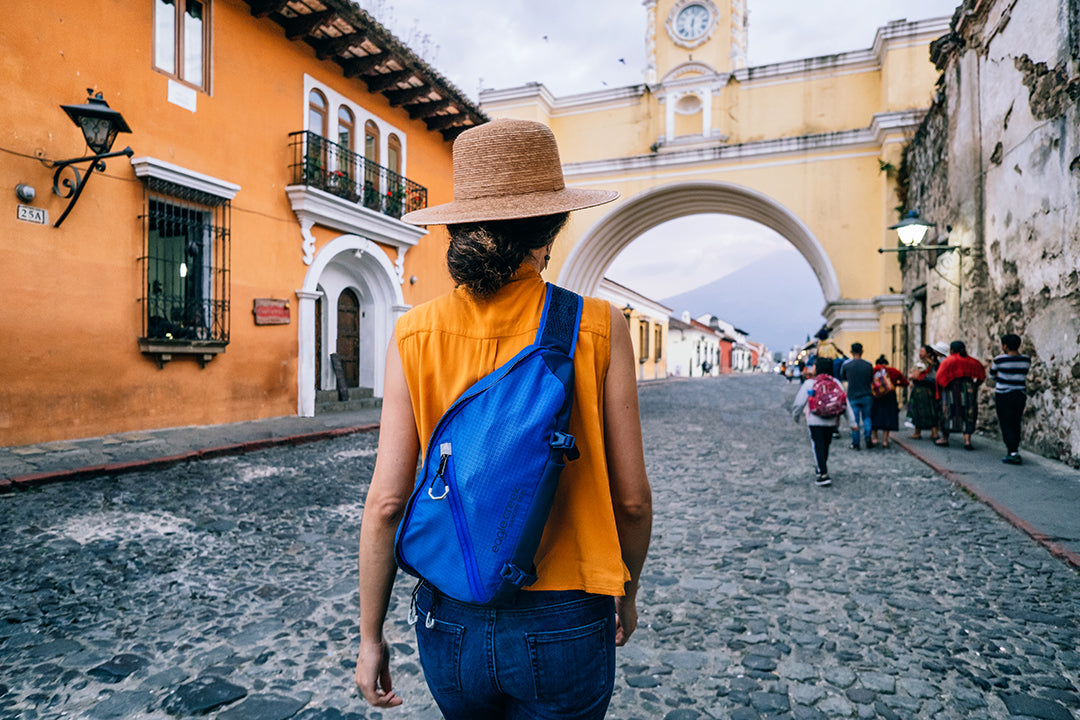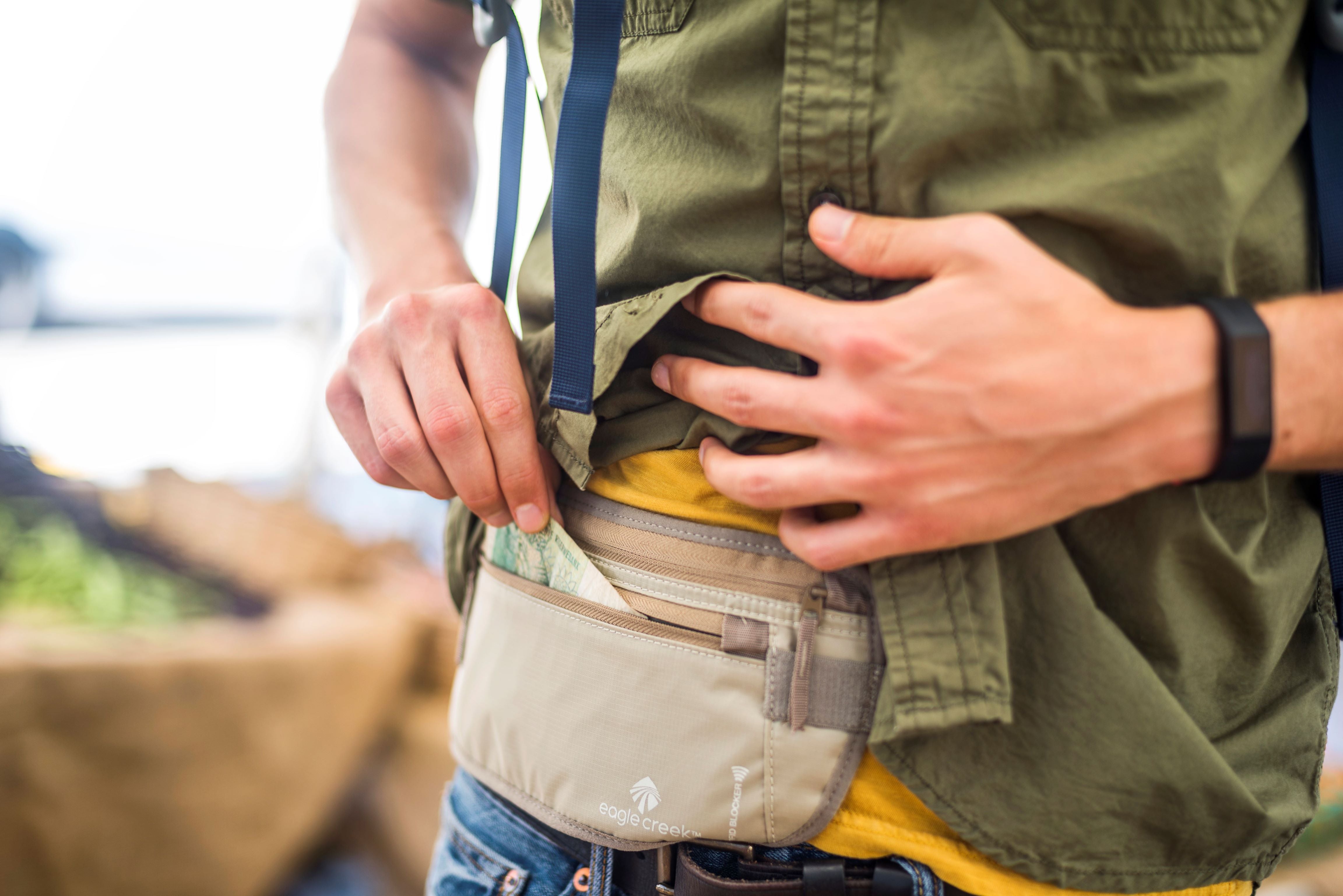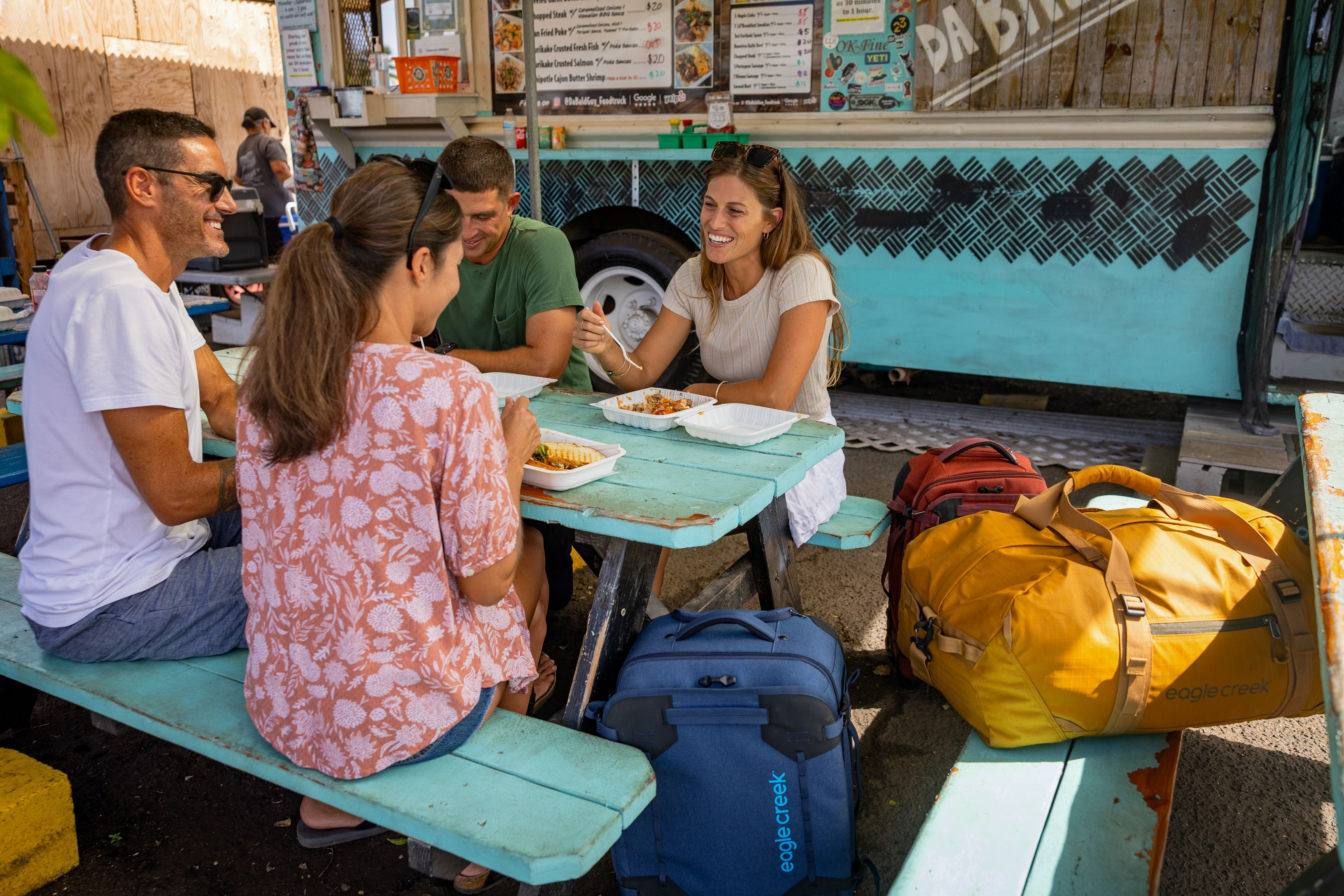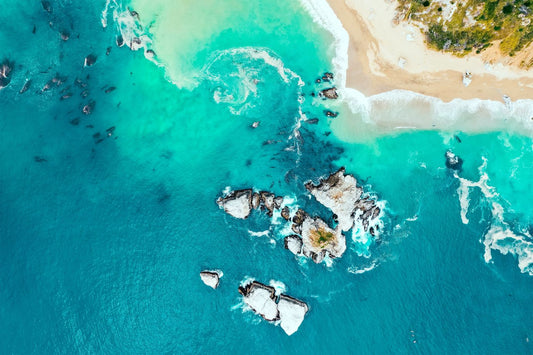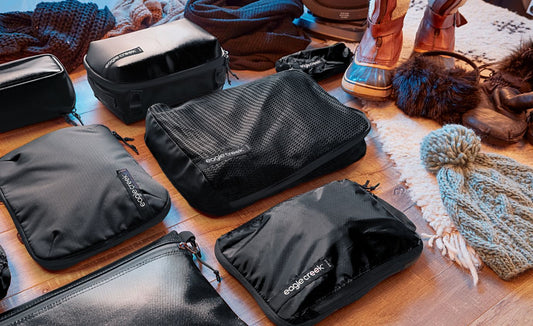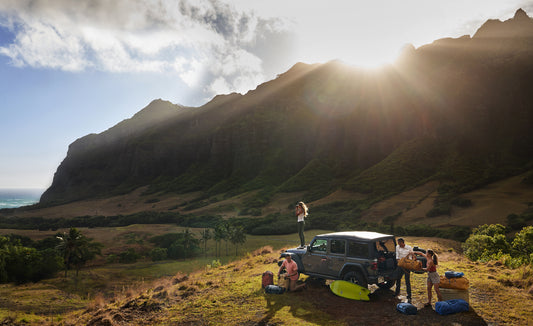
Inspiring Wreck Diving and Snorkeling Off the Florida Coast
Thanks to Florida's artificial reef program, each one of the region’s sunken structures is a veritable playground for marine life large and small.
Discover vibrant coral gardens while snorkeling in marine sanctuaries, swim with manatees in Crystal River, and explore sunken ships in the clear waters off the coast of the Florida Keys. The Sunshine State’s clear blue skies and abundant marine life make it the ideal diving destination.
Here’s a quick guide to the top wreck diving spots across the state.
Best For Beginners
The first undersea park in the U.S., John Pennekamp Coral Reef State Park is known worldwide for its submerged figure of Christ of the Abyss. A memorial for all those who have lost their lives at sea and a monument to those who continued to dive beneath it, the top of the statue sits at around 10 feet below the surface, making it visible to snorkelers.
Elsewhere the park boasts shallow coral reefs that are teaming with fish. Join a guided tour to White Banks Dry Rocks, Grecian Rocks, Banana Reef, Garret’s Reef, Cannon Patch, and Key Largo Dry Rocks. These reefs are found around three miles offshore.
Best For Snorkelers
Competent snorkelers keen to spend a day out in the water can explore the Florida Keys National Marine Sanctuary Shipwreck Trail. Although it also caters to SCUBA divers, five of the nine wrecks are suited to snorkeling as the vessels sit in 25 feet of water or less.
Having sat on the seabed in relatively shallow water for some years, four of the five wrecks—The Adelaide Baker, The City of Washington, The North America, and The San Pedro, are basically wreckage fields however The Benwood is in very good condition and mostly intact.
Best for AOW Divers
The hub of Florida Keys wreck diving, the National Marine Sanctuary is the ideal place to get your first taste of diving to sunken structures. Here the hefty hull of the 510-foot Spiegel Grove forms the backbone of the Keys’ artificial reef system. It’s so wide that the view of the super structure often fades into the surrounding aqua abyss. When the water is crystal-clear, the sandy bottom will be visible at a depth of about 130 feet from the surface.
Two other incredible wrecks not to be missed are former Coast Guard cutters the Duane and Bobb. Both named after US secretaries of State, the 327-foot long Treasury Class Cutter Duane was sunk on Molasses Reef in 1987 and often hosts large pelagics, sea turtles, and the occasional manta ray and whale shark. Sister ship the USCG Bibb is laid on her starboard side and her hull is cloaked in corals, gorgonians and basket sponges. Because of the depths you have to descend to in order to reach her, she receives far fewer visitors. Find the Jolly Roger flag at the end of the crow’s nest for a quintessential wreck dive photo.
It’s easy to see why this area is known by many as the best scuba diving in Florida.
Best For Advancing Wreck Diving Experience
Consistently rated as one of the best Florida wreck dive sites Pensacola’s naval heritage has shaped a spectacular local network of shipwrecks and artificial reefs. The most notable local wrecks include Vietnam-era tanks, an A-7 Corsair that fell off the deck of the carrier USS Lexington, WWII Liberty Ship the S.S. Joseph L. Meek built in 1942 and reefed in 1976, and retired aircraft carrier the USS Oriskany.
With wrecks to suit all dive abilities Pensacola is a great dive destination to begin and advance your wreck diving experience.
SCUBA & Snorkeling Day Trip Tips
Take a waterproof bag to store wet clothes post-dive. A zip-lock compression sack is a great option as it will allow you to pack wet items alongside dry when traveling.
Choose a packable day pack when you’re heading out onto the water, it will easily compress into a storage locker when you’re in the water.
Rethink your toiletries, especially if your trip involves a live-aboard. Body wash, shampoo, toothpaste, and sun cream will all end up in the ocean, so choose products made with natural, organic ingredients.
Planning a dive destination vacation? Check out this guide to scuba diving in the Caribbean.
